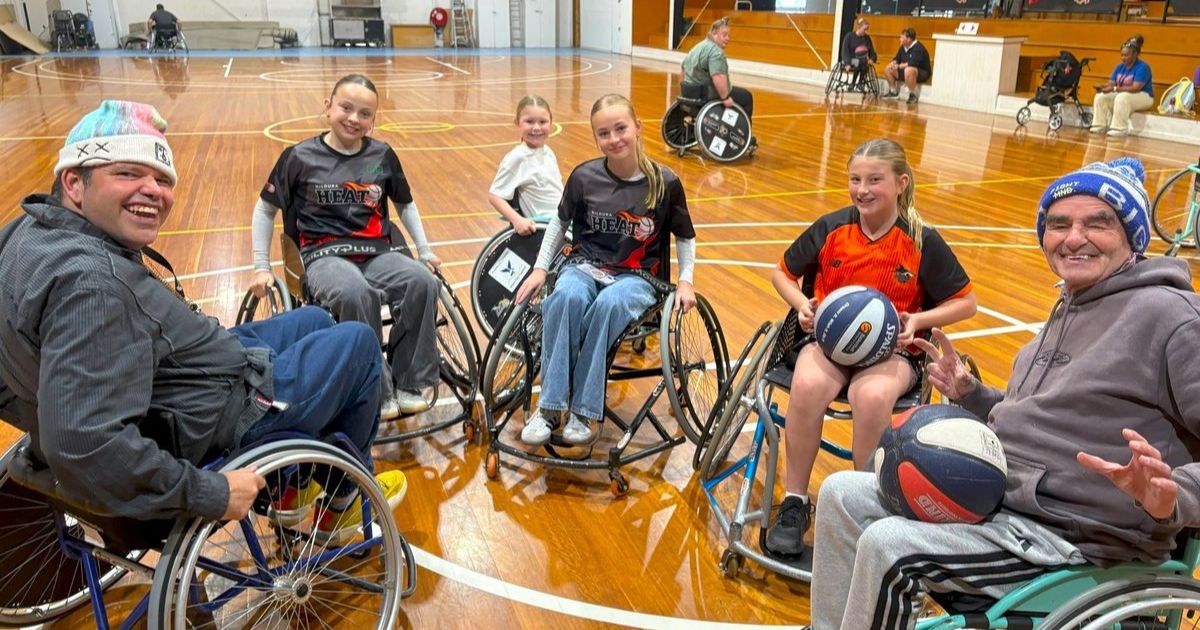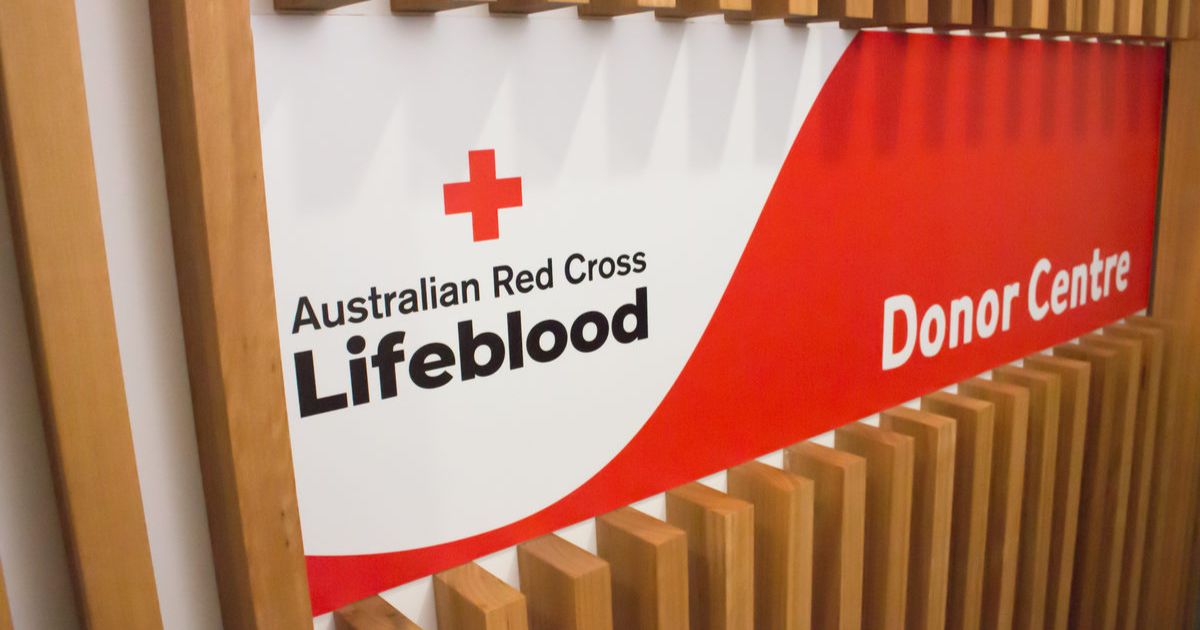LIFE WAS GOOD….THEN LOOMING DEATH APPROACHED

Photo – Janine Fabre Photography
 Disaster on the door step
Disaster on the door step
By Helen Tatchell
A new, warmer and healthier life in New South Wales has been home to two former Ballan residents for the last two-years. It all changed in a blink of an eye to a fight for survival.
John and Leone Fabre lived in Ballan for a number of years before finding just the right climate and town in the small community of Lake Conjola.
Situated on the south coast and just three-hours south of Sydney, it is not a name many would be familiar with, until last year, when a mammoth bushfire ravaged the area with ferocity. It did not discriminate.
Lake Conjola is surrounded by National Parks and the lake is connected to the ocean, just two-kilometres from the Fabre’s new home in a brand new Over 55-lifestyle
community.
“We want to let our friends back in Ballan and district to know we are safe,” Ms Fabre told the Moorabool News.
“We are well and recovering physically from fatigue and mentally from the vast devastation to so many people in our community,” she said.
The Fabres had been on a short pacific cruise and returned on Boxing Day last year. The trip south back home saw heightened alerts and roadblocks for the expanding bushfire, and never did they imagine just five days later they would be literally in the line of fire.
“On the bus trip home, it was dark, and the flames were visible. The glow of fires surrounded us on our journey,” Ms Fabre said.
“Rural Fire Service (RFS) units had hoses spread across the road and men moved in all directions, attacking fires which had engulfed large mature trees.”
Ms Fabre said the experience was, in hindsight, “the first early warning of the unforgiving force to hit our area on New Year’s Eve.”
They had become accustomed, but not complacent, to ‘Watch and Act’ alerts from the RFS.
“Those alerts remained current on the morning of New Year’s Eve and road closures were already in place. Those that had left to do shopping were not allowed back and had to seek refuge in nearby Ulladulla.
“We noticed smoke mid-morning over distant hills and decided to gather in our Clubhouse. It was too late to leave.”
Ms Fabre described the Clubhouse as a modern steel construction and large enough to provide refuge to residents in the lifestyle community.
“We had the guidance of two veteran fire fighters and SES residents who had shared a plan to stay and defend. As residents were arriving to take shelter in the Clubhouse raging flames became evident as the deafening roar of the moving inferno engulfed mountains around us.”
Nothing had prepared them for the black belching smoke that significantly reduced visibility. Some residents were not well and feared the worse.
“Fires surrounded the rear of the Clubhouse and the heat inside was intense. The fire alarms blared as smoke made its way inside,” Ms Fabre said.
“We had lost almost all contact with the outside world. We were under-siege of an event so monstrous we feared the worst. It was the most frightening experience of our lives.”
It was to get worse.
Husband John and a couple of others left the clubhouse in 4×4 vehicles to make sure everyone was accounted for. By then, one house was engulfed in flames and threatening the house next to it.
“By the time I got to our home, garden mulch had caught alight and burning the base to the front of our home and four other nearby houses. As I ran with the hose in hand to extinguish these fires, cars that were garaged in the homes that had set alight, exploded. Nearby to our home a car had been quickly reversed from the garage on fire. It exploded in the middle of the road. At the height of putting the fires out – we ran out of water,” Mr Fabre said.
“The whole of the Lake Conjola community had run out of water.”
Mr Fabre said the RFS arrived and a fire-bombing helicopter that put out the house fires.
“It flattened it in seconds, preventing fires from engulfing other homes. In the meantime, ambulances started to arrive at the Clubhouse to provide emergency assistance where needed. Leone stayed indoors knowing to minimise respiratory difficulties,” he said.
Little did they know that by the time the fire had reached their community it had already destroyed 122 homes within 10km, and several people had died from cardiac arrest and smoke inhalation.
Nearby Conjola Park lost 89 homes with the fire so intense, houses had fused together.
Mr Fabre said by mid-afternoon on New Year’s Eve when they went back to their home they realised “how blessed they were.”
“Two houses out of 90, and only three cars destroyed.
“No lives were lost in our lifestyle community. Brave or foolish we survived.
“People walked about in a state of shock, some angry and inconsolable. How could we have lost water? Why was it that when I contacted ‘Triple-000′ they were not even aware of a fire in Lake Conjola? Why was there no RFS fire units in our area – they had all be sent south to protect another town? “Mr Fabre said.
“Answers don’t matter right now. What mattered was attending to the needs of others.”
No one could predict just three days later the nightmare would continue, with catastrophic fires expected any day. Roads were clogged with thousands of holiday makers who had not adhered to earlier warnings to leave.
“It took 24-hours with queues 20km long to clear these coastal communities.
“We left after police advised that the fire had intensified in the region and no safety could be assured.”
The pair took their motorhome, car and whatever else they could gather in haste, and headed to friend’s in Ulladulla.
“Leone was showing significant signs of distress, her breathing impaired by the smoke, our lives more important than our home that I managed to save.
“We had already been burnt, the undergrowth in the forest was gone. We did fear for more ember attacks. however we knew it was time to leave. The power was out; communication almost non-existent; there were no supplies coming in and no water.”
The nightmare of seeing the once beautiful forest totally charred and irrevocably incinerated is beyond belief, but there were more distressing scenes.
“To see wildlife ablaze trying to escape is horrific enough, but to also see the vast destruction beckoned our wildest imagination,” Mr Fabre said.
Seven days later they regained their strength and returned home. They were now ready for the clean-up process.
“Disaster Recovery and Insurance companies have been extremely supportive. We will repair our home, clean inside, but it will take years to rebuild this idyllic community that had become our very special corner of the world. Never before had we seen so many people in such distress. The Shoalhaven Shire had experienced the largest amount of burnt forest in all of NSW. The Conjola Community with the most significant loss of properties and lives,” Mr Fabre said.
Both John and Leone Fabre now work as volunteers within their lifestyle and the broader Conjola community, supporting the Recovery effort on a scale never previously thought possible.
Mr Fabre said they saw generosity never before thought possible from local, interstate and global organisations.
“It took a catastrophic disaster to showcase our humanity.
“Our hamlet community featured in London, New York and elsewhere. Container loads of items began to arrive to provide for those who had lost everything including loved ones.”
He said this small community will rebuild with a united spirit.
“We are, after all, Australians,” he said.
The Fabres had one message for those in the Moorabool community.
“We thank you for messages of support. Your thoughts and well wishes have not gone unnoticed or unappreciated.
“In time, please come and visit Lake Conjola and surrounds,” they said.



















